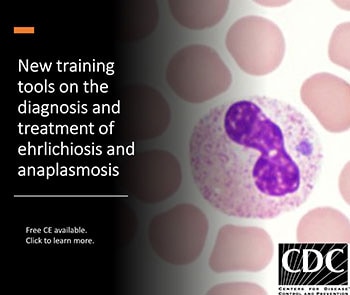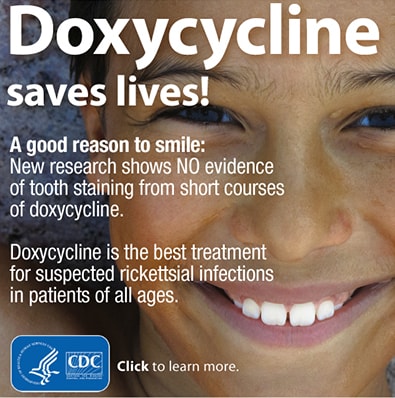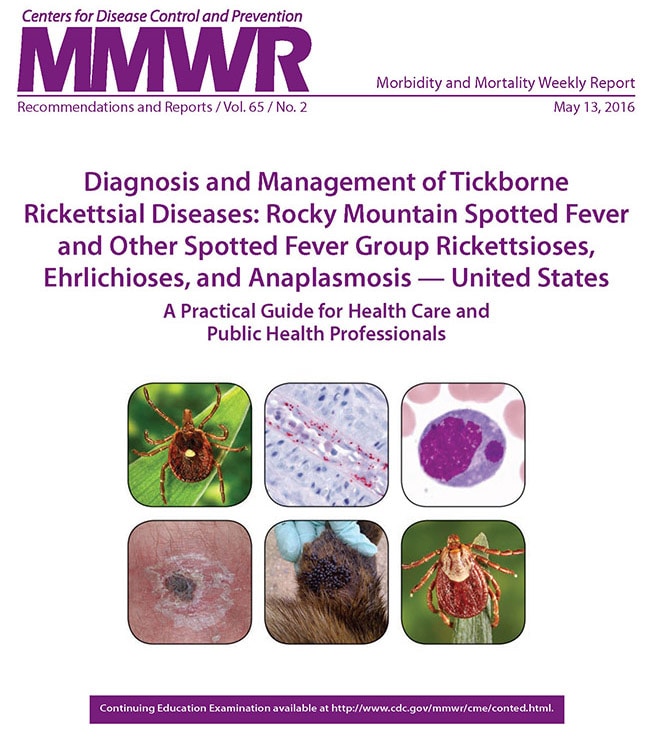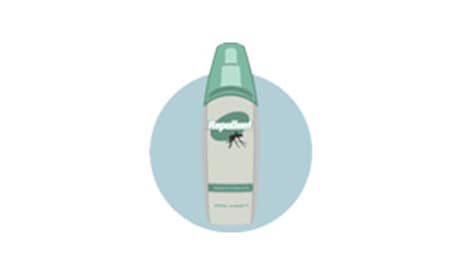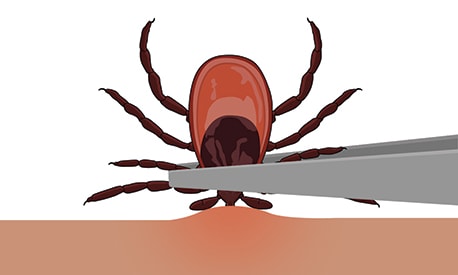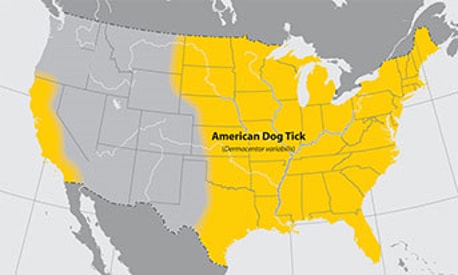Anaplasmosis

Anaplasmosis is a disease caused by the bacterium Anaplasma phagocytophilum. These bacteria are spread to people by tick bites primarily from the blacklegged tick (Ixodes scapularis) and the western blacklegged tick (Ixodes pacificus).
People with anaplasmosis will often have fever, headache, chills, and muscle aches. Doxycycline is the drug of choice for adults and children of all ages with anaplasmosis.
Page last reviewed: May 9, 2022
